Historical Buildings of London
London is one of the largest and oldest cities in the world. It is the capital city of England and the United Kingdom. It is known to be the heart of British civilization. It is also one of the most famous places in the world. London is known for a lot of things, some of which are the historical buildings it boasts of. These buildings have been a familiar sight for international visitors. When wandering around London, immerge yourself in the history behind the walls of each building and pavement you walk. While newly living in London, here are a few historical key points to remember about the beautiful city: Contact us to learn more about place to rent london
Historical Events in London
The history of London will be divided into Timelines – the early times, the post-conquest era, the old London, and the modern-day London.
1. The early times (43A.D-8th century)
The history of London can be dated as far back as the Iron Age, during the time of ancient Rome. In 43 A.D., the ancient Romans formed a trading settlement along River Thames. They built a bridge across the river to facilitate the movement of humans and goods. Evidence of these has been found close to River Thames. Although, the city was burnt down when the Queen of the Celts attack, it was rebuilt after her defeat.
After the Romans left in 400A.D, London was divided into kingdoms between 449-527 A.D., following the arrival of Jutes, Angles, and Saxons.
In the 8th century, Alfred the great named London as the British capital, after William I conquered Britain
2. Post-conquest era
- in 1078, the Tower of London was built
- the throne was passed to the house of Anjou (The Plantagenet) in 1154
- in 1176, another bridge (stone bridge) was built
- 1189, London’s first mayor was elected
- 1240, Westminster holds its first parliament
- 1381, Wat Tylor led the Peasant’s Revolt that destroyed most parts of London.
3. Old London (1500s-1950)
- 1532-1534, the palace of Whitehall was built by Henry VIII after he declared himself as the head of the Church of England.
- 1536, St. James Palace was built
- 1642-1660, the Royalists were defeated after the civil war with the Republican roundheads. Charles I was also executed, and in 1660, Charles II restored the monarchy.
- 1664-1666, the great plague (Black Death) ravaged London and killed more than a quarter of its population. the great fire also destroyed most of London’s building
- 1694, saw the establishment of the bank of England
- the national gallery was established in 1824
- 1837, Queen Victoria assumed the throne
- 1859, Big Ben was hung in the clock tower
- the first electric railway was built in 1890
- 1904, the first London taxi was licensed.
- 1922, BBC transmitted its first program
- 1939-1945 (World War II), London was heavily bombed
4. Modern-day London
- the national theater was opened in 1976
- 1986, the Greater London Council came to an end
- 1994, the first trains ran through the channel tunnel
- 2001, Greater London Authority was formed
- 2005, bomb explosions on tube trains and a bus killed 52 people
- 2007, the Wembley stadium was opened
- 2012, London Olympics was held
Famous Historical buildings in London
Apsley House
The Apsley House was home to the first Duke of Wellington. It was built by Robert Adam but was refurbished for wellington. The house has seen 6 generations of wellington Dukes until the 7th Duke gave the house to the nation as an English heritage.
Banqueting House (Palace of Whitehall)
The banqueting house started as the York place (home of archbishops of the York). It late became the palace of Whitehall for King Henry VIII. Elizabeth I was also wooed by her suitors in the banqueting house. Today, the Whitehall has been massively reconstructed, that only a section is left.
Jewel Tower
The jewel tower is located in central London. It was built between 1365 and 1366, to hold the treasures of Edward III. It is the only section left from the Palace of Westminster after the great fire in 1834. The building is now used by the department of standard weights and measures.
Old Royal Navy College
The old royal navy college was built between 1696 and 1712. The building initially started as the royal hospital before it became the royal navy academy. This historical building is famous for its Britain’s Sistine Chapel (baroque interior). The painted hall has intricately painted ceilings and walls, designed by Sir James Thornhill and was completed in 1726.
St. Bride’s Church
St. Bride’s church is one of the old churches in London. Although it has been reconstructed over the years, it was originally built in 1672.
St. Paul’s Cathedral
St. Paul’s cathedral is the seat of the bishop of London. The old St. Paul’s church was built in 604A.D, but it was reconstructed between 1675 and 1710 by Sir Christopher Wren after the great fire of London.
The British Museum
The British Museum was the first-ever national public museum. It was constructed in 1753 as the Montagu House. The collections in the museum were purchased from Sir Hans Sloane, Robert Harley (1st Earl of Oxford), and Sir Robert Cotton. The collections were made available to public view in 1759. The current museum is built on the original site of the Montagu House.
The Royal Exchange
This building was first constructed in 1566, by Sir Thomas Gresham, as the first trading center. Since then, it has seen many uses throughout its history. It was once occupied by Lloyd’s insurance company, but now, it contains bars, luxury shops, and offices. The royal exchange was reconstructed in 1844 after it was destroyed by fire.
Tower of London
The Tower of London is the royal fortress and one of the most important buildings in present-day London. The construction of the tower started in the 11th century and was expanded during the 12th and 13th centuries. The tower has been used as a palace, a prison, a place of execution, and an armory. Currently, the crown jewels and regalia, are housed in the tower.
Westminster Abbey
The Westminster Abbey is an important church in London. The abbey is known to be the final resting place of British monarchs, a place of coronation and royal weddings. The abbey is built on the original site of the Benedictine monastery and has been reconstructed even since.
Whether you travel towards the Tower of London or Westminster Abbey, ensure you know a few historical facts about the sites you may see daily.


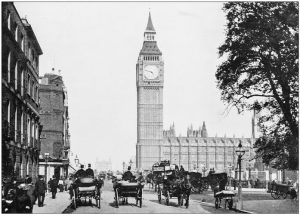
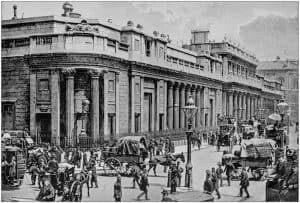
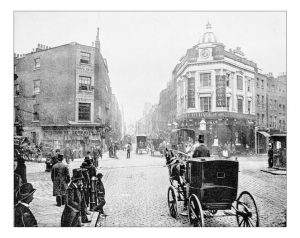
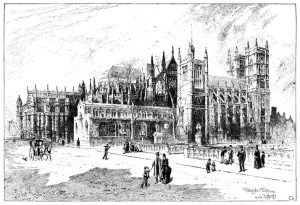

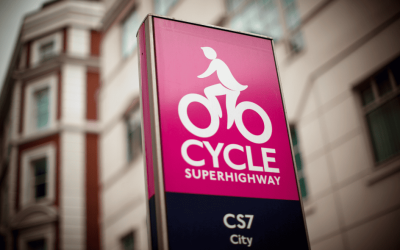
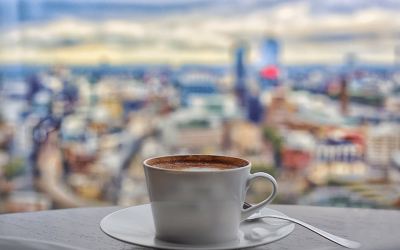
0 Comments